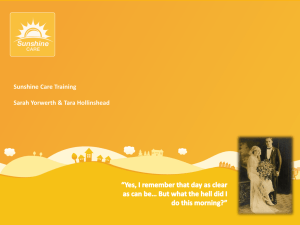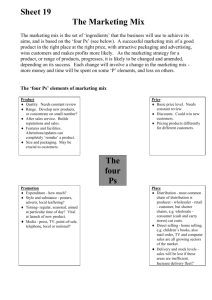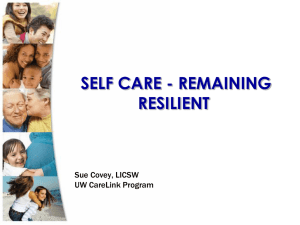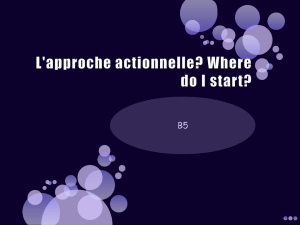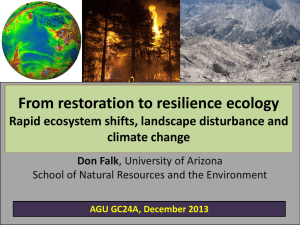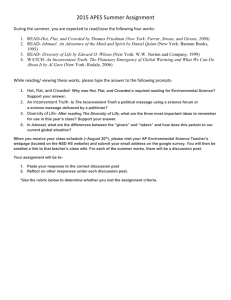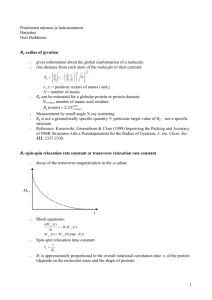Building Inner Resilience in the Middle School Classroom
advertisement
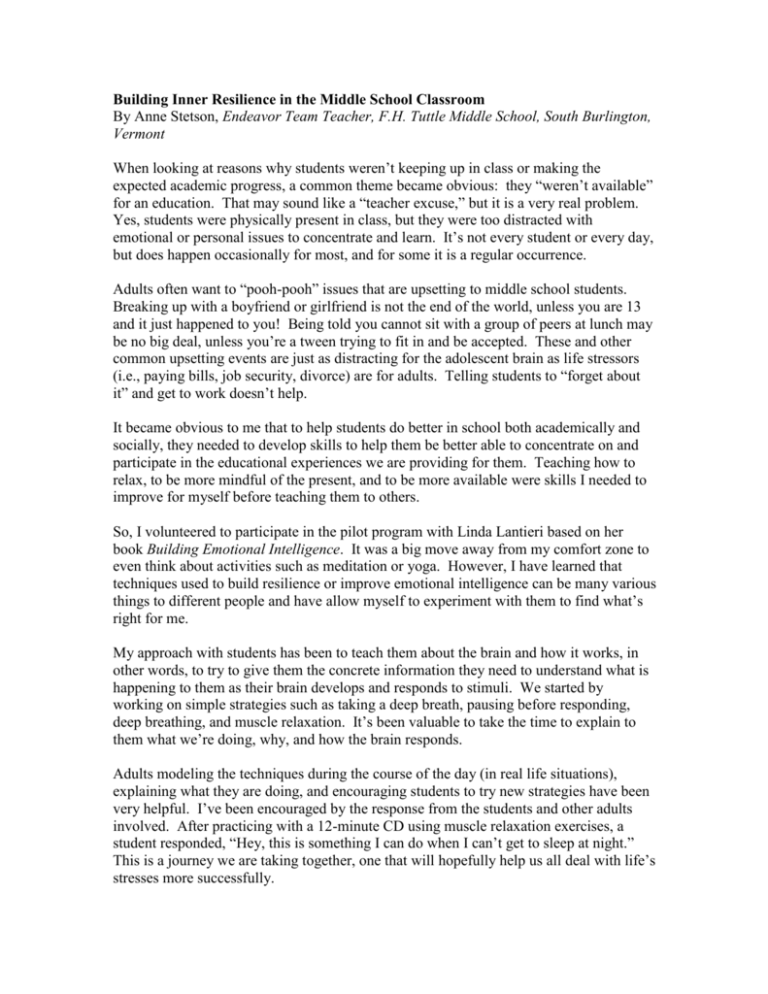
Building Inner Resilience in the Middle School Classroom By Anne Stetson, Endeavor Team Teacher, F.H. Tuttle Middle School, South Burlington, Vermont When looking at reasons why students weren’t keeping up in class or making the expected academic progress, a common theme became obvious: they “weren’t available” for an education. That may sound like a “teacher excuse,” but it is a very real problem. Yes, students were physically present in class, but they were too distracted with emotional or personal issues to concentrate and learn. It’s not every student or every day, but does happen occasionally for most, and for some it is a regular occurrence. Adults often want to “pooh-pooh” issues that are upsetting to middle school students. Breaking up with a boyfriend or girlfriend is not the end of the world, unless you are 13 and it just happened to you! Being told you cannot sit with a group of peers at lunch may be no big deal, unless you’re a tween trying to fit in and be accepted. These and other common upsetting events are just as distracting for the adolescent brain as life stressors (i.e., paying bills, job security, divorce) are for adults. Telling students to “forget about it” and get to work doesn’t help. It became obvious to me that to help students do better in school both academically and socially, they needed to develop skills to help them be better able to concentrate on and participate in the educational experiences we are providing for them. Teaching how to relax, to be more mindful of the present, and to be more available were skills I needed to improve for myself before teaching them to others. So, I volunteered to participate in the pilot program with Linda Lantieri based on her book Building Emotional Intelligence. It was a big move away from my comfort zone to even think about activities such as meditation or yoga. However, I have learned that techniques used to build resilience or improve emotional intelligence can be many various things to different people and have allow myself to experiment with them to find what’s right for me. My approach with students has been to teach them about the brain and how it works, in other words, to try to give them the concrete information they need to understand what is happening to them as their brain develops and responds to stimuli. We started by working on simple strategies such as taking a deep breath, pausing before responding, deep breathing, and muscle relaxation. It’s been valuable to take the time to explain to them what we’re doing, why, and how the brain responds. Adults modeling the techniques during the course of the day (in real life situations), explaining what they are doing, and encouraging students to try new strategies have been very helpful. I’ve been encouraged by the response from the students and other adults involved. After practicing with a 12-minute CD using muscle relaxation exercises, a student responded, “Hey, this is something I can do when I can’t get to sleep at night.” This is a journey we are taking together, one that will hopefully help us all deal with life’s stresses more successfully.


